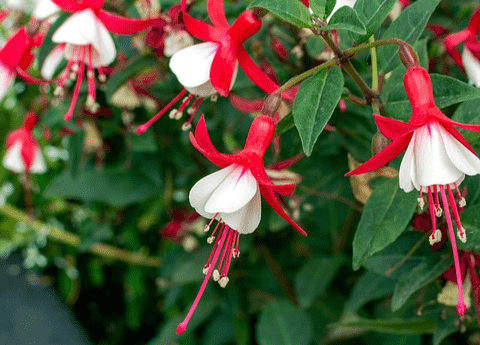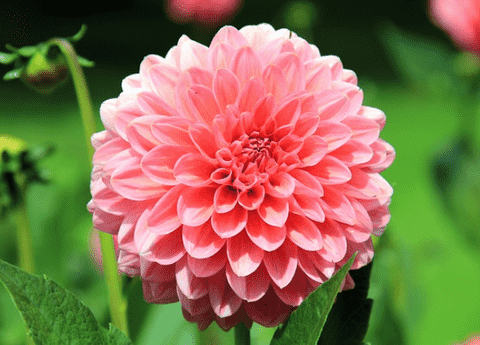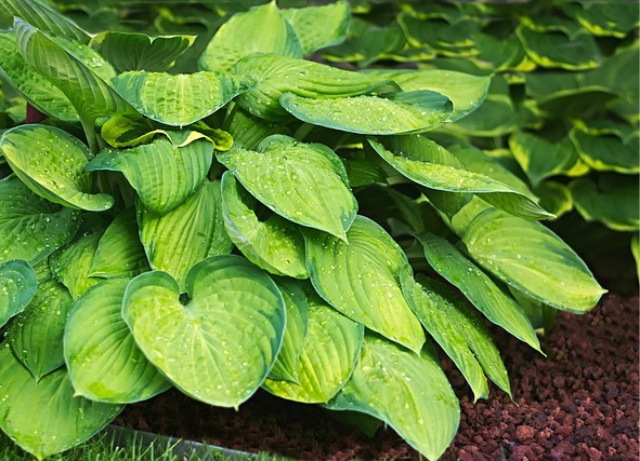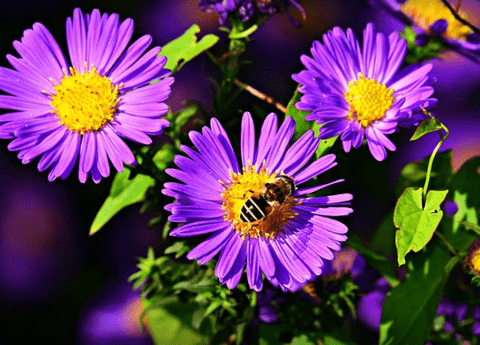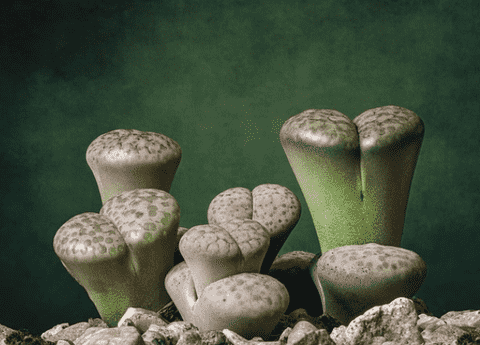Ultimate Guide to Growing Fuchsia: Expert Tips for Garden Enthusiasts
Table of Contents
Fuchsias are a delightful addition to any garden, known for their vibrant colors and unique, pendulous flowers that can bring a touch of elegance and charm to your outdoor space. Whether you are a seasoned horticulturist or a home gardener looking to expand your floral repertoire, learning how to grow fuchsia can be a rewarding endeavor. This complete guide will walk you through everything from planting to caring for these stunning plants, ensuring you have all the fuchsia care tips and techniques needed to cultivate healthy, flourishing blooms. Dive in to discover the essential steps and best practices in this comprehensive fuchsia planting guide, and soon, you’ll be enjoying the striking beauty of fuchsias in your own garden.
Understanding Fuchsia Plants
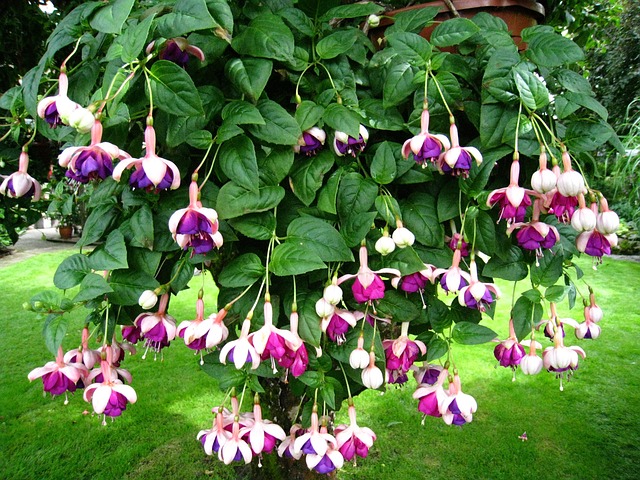
Types of Fuchsia Varieties
Fuchsias come in a wide range of varieties, each with its unique charm and characteristics. There are primarily two types: upright and trailing. Upright fuchsias grow vertically, making them perfect for garden beds and borders. Trailing fuchsias, on the other hand, have a cascading growth habit, ideal for hanging baskets and window boxes.
Some popular upright varieties include ‘Dollar Princess’ and ‘Gartenmeister Bonstedt’, known for their vibrant, tubular flowers. For trailing types, ‘Swingtime’ and ‘Blush of Dawn’ are favorites, offering a profusion of blooms that spill over the edges of containers.
Understanding the different types of fuchsia varieties helps gardeners choose the right plant for their space, ensuring optimal growth and visual impact. Whether you prefer upright or trailing, there’s a fuchsia variety that will suit your gardening needs and aesthetic preferences.
Ideal Growing Conditions
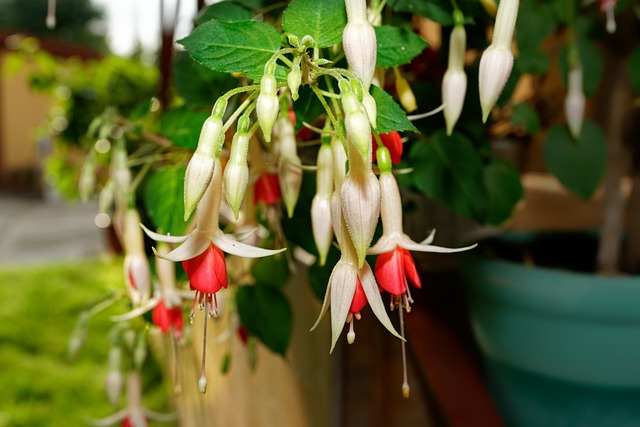
Fuchsias thrive in specific growing conditions that cater to their unique needs. These plants prefer cool, moist environments with plenty of indirect sunlight. Morning sun combined with afternoon shade is ideal, as too much direct sunlight can cause the leaves to scorch and the plant to suffer.
Soil quality is another crucial factor. Fuchsias grow best in well-draining, fertile soil rich in organic matter. You can enhance soil quality by adding compost or well-rotted manure to improve drainage and nutrient content.
Temperature is also important. Fuchsias flourish in temperatures ranging from 60 to 70 degrees Fahrenheit during the day and slightly cooler at night. They are sensitive to frost, so it’s essential to protect them during colder months or consider growing them in pots that can be moved indoors.
By providing these ideal growing conditions, you can ensure your fuchsias remain healthy, vibrant, and full of blooms throughout the growing season.
Benefits of Growing Fuchsia
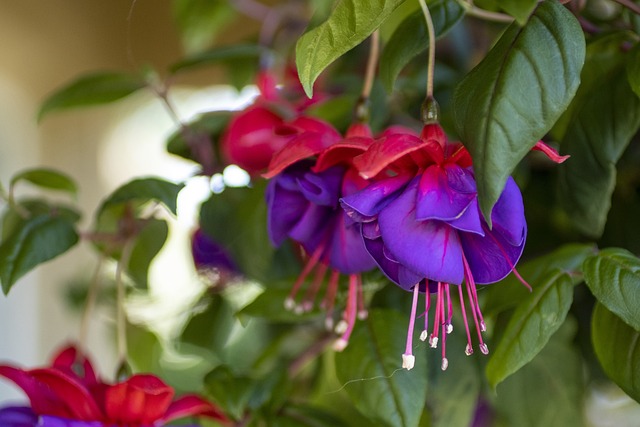
Growing fuchsias offers numerous benefits that appeal to both novice and experienced gardeners. One of the most significant advantages is their striking aesthetic appeal. With their vibrant colors and unique, pendulous flowers, fuchsias can add a touch of elegance and charm to any garden space, whether in hanging baskets, containers, or garden beds.
Fuchsias are also relatively low-maintenance, making them an excellent choice for busy gardeners. Once established, they require minimal care beyond regular watering and occasional pruning. Their resilience to pests and diseases further reduces the need for constant attention.
Additionally, fuchsias attract pollinators like hummingbirds and bees, promoting a healthy and biodiverse garden ecosystem. This can enhance the overall vitality of your garden and contribute to the well-being of other plants.
Finally, growing fuchsias can be a rewarding experience, providing gardeners with a sense of accomplishment as they nurture these beautiful plants to full bloom.
How to Grow Fuchsia
Planting Fuchsia: Step-by-Step
Planting fuchsia is a straightforward process that, when done correctly, sets the foundation for healthy growth. Here’s a step-by-step guide:
- Choose the Right Spot: Select a location that offers morning sunlight and afternoon shade. This ensures the plant gets enough light without being exposed to intense midday sun.
- Prepare the Soil: Make sure the soil drains well and is rich in organic matter. Enrich it by adding compost or well-rotted manure to improve both fertility and drainage.
- .Dig the Hole: Dig a hole twice the size of the plant’s root ball. This provides the roots with plenty of space to spread out and become well-established.
- Plant the Fuchsia: Place the fuchsia in the hole, ensuring the top of the root ball is level with the soil surface. Fill the hole with soil and lightly compact it around the base.
- Water Thoroughly: After planting, water the fuchsia thoroughly to help settle the soil and eliminate air pockets.
Following these steps ensures your fuchsia plants have the best start, leading to vigorous growth and beautiful blooms.
Soil and Fertilization Needs
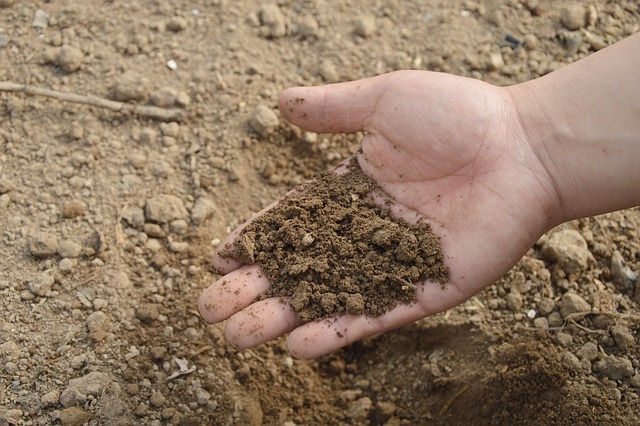
Fuchsias thrive in well-draining, fertile soil rich in organic matter. To achieve this, consider incorporating compost or well-rotted manure into the planting area. This not only improves soil structure but also provides essential nutrients that support healthy plant growth.
When it comes to fertilization, fuchsias benefit from regular feeding during the growing season. An ideal choice is a balanced, water-soluble fertilizer containing equal parts of nitrogen, phosphorus, and potassium. Apply the fertilizer every two to four weeks, following the manufacturer’s instructions to avoid over-fertilization, which can harm the plant.
For an organic approach, you can use compost tea or fish emulsion as a natural fertilizer alternative. These organic options provide a steady release of nutrients and promote beneficial soil microorganisms.
Maintaining proper soil and fertilization practices ensures your fuchsias receive the nutrients they need, resulting in lush foliage and abundant blooms. Regular monitoring and adjustments based on plant performance will help you achieve the best results.
Watering and Drainage Tips
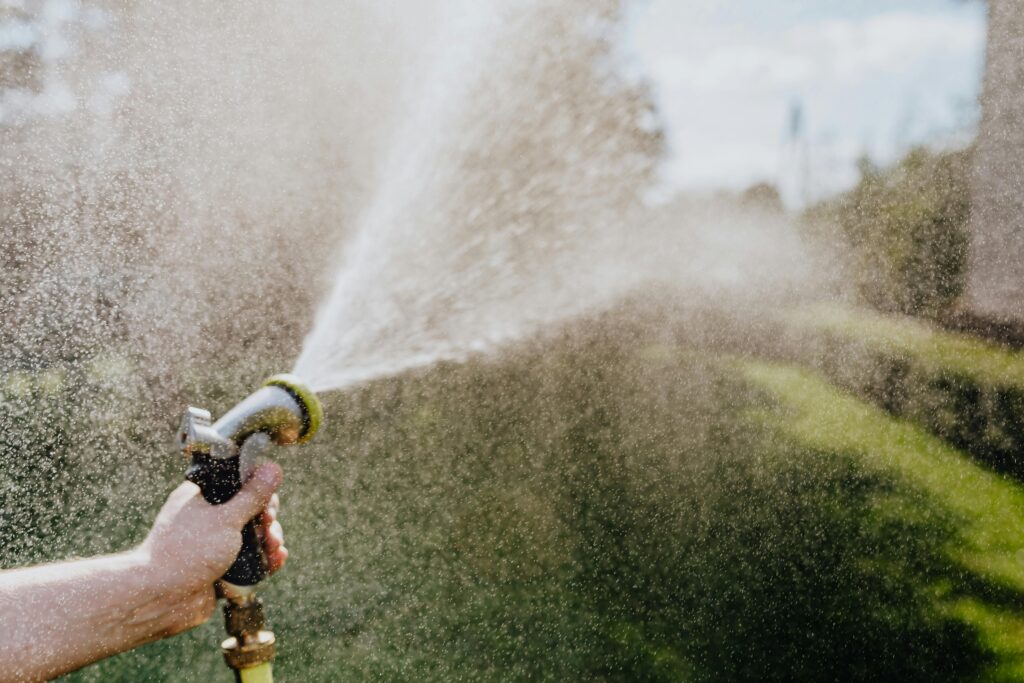
Proper watering and drainage are crucial for the health of your fuchsia plants. Fuchsias prefer consistently moist soil but are highly susceptible to root rot if left in waterlogged conditions. To strike the right balance, water your fuchsias thoroughly when the top inch of soil feels dry to the touch.
Morning watering is ideal as it allows excess moisture to evaporate during the day, reducing the risk of fungal diseases. Ensure the water penetrates deeply to reach the root zone, promoting strong root development.
Good drainage is equally important. If planting in containers, use pots with drainage holes and avoid using saucers that collect excess water. For garden beds, improve soil drainage by incorporating organic matter such as compost or peat moss.
Mulching around the base of the plant helps retain soil moisture while preventing weeds. By following these watering and drainage tips, you can maintain healthy, vibrant fuchsias that thrive throughout the growing season.
Fuchsia Care Tips
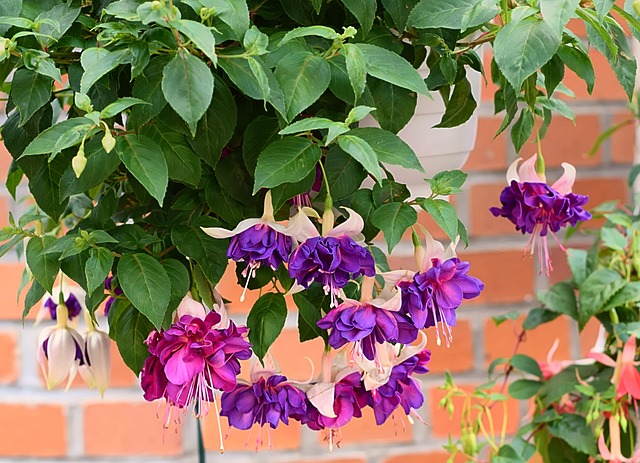
Pruning and Maintenance
Pruning and maintenance are essential aspects of fuchsia care that promote healthy growth and abundant flowering. Regular pruning helps shape the plant, encourages bushier growth, and removes any dead or diseased branches.
Start by removing any dead, damaged, or crossing stems to improve airflow and prevent disease. Next, trim back overgrown branches to maintain the desired shape and size of the plant. For best results, prune your fuchsias in early spring before new growth begins.
Pinching back the tips of young shoots can also encourage a fuller, bushier plant. Simply use your fingers or pruning shears to remove the growing tips, which stimulates the development of side shoots.
In addition to pruning, regular maintenance includes checking for pests and diseases. Inspect your plants frequently and address any issues promptly to keep your fuchsias healthy.
By incorporating these pruning and maintenance practices, you can ensure your fuchsias remain vibrant and floriferous throughout the growing season.
Pest and Disease Management
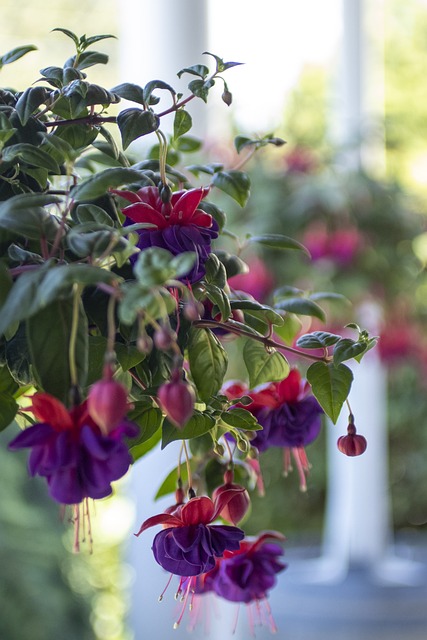
Effective pest and disease management is crucial for keeping your fuchsias healthy and thriving. Fuchsias are commonly affected by pests such as aphids, spider mites, and whiteflies. Regularly inspect your plants for signs of these pests, such as discolored leaves, sticky residue, or webbing.
To manage pests, you can use insecticidal soap or neem oil, both of which are safe and effective. Apply these treatments according to the manufacturer’s instructions, ensuring thorough coverage of all plant surfaces.
Diseases such as rust, botrytis, and powdery mildew can also affect fuchsias. These fungal infections often result from poor air circulation and excessive moisture. To prevent disease, ensure proper spacing between plants and avoid overhead watering. Removing affected leaves and using fungicides can help manage outbreaks.
Maintaining a clean garden environment by removing plant debris and fallen leaves can also reduce the risk of pest and disease problems. Consistent monitoring and early intervention are key to keeping your fuchsias healthy and vigorous.
Seasonal Care for Fuchsia
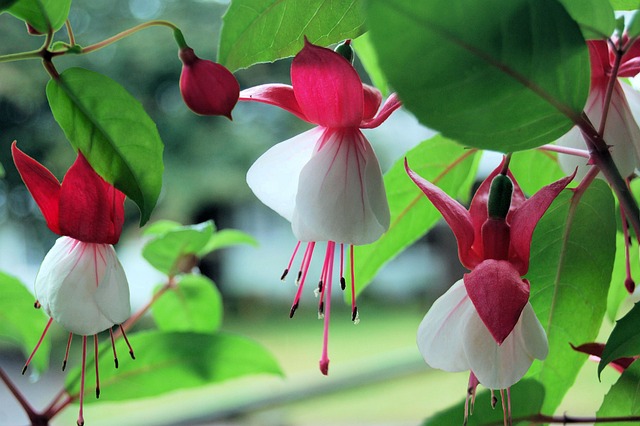
Seasonal care is essential for ensuring your fuchsias remain healthy and vibrant throughout the year. During the growing season, which typically spans spring to early fall, regular watering and fertilization are key. Keep the soil consistently moist and provide a balanced fertilizer every two to four weeks.
As temperatures cool in late fall, reduce watering to prevent root rot. In regions with harsh winters, fuchsias may need to be overwintered indoors. Before the first frost, prune back the plants, remove any dead or damaged leaves, and move them to a cool, frost-free location. Water sparingly during this dormant period to keep the soil just barely moist.
For fuchsias grown in containers, consider placing them in a sheltered spot or using frost cloths to protect against cold snaps. In early spring, gradually reintroduce outdoor fuchsias to the garden, resuming regular care routines.
By adapting your care practices to the changing seasons, you can ensure your fuchsias thrive year-round.

